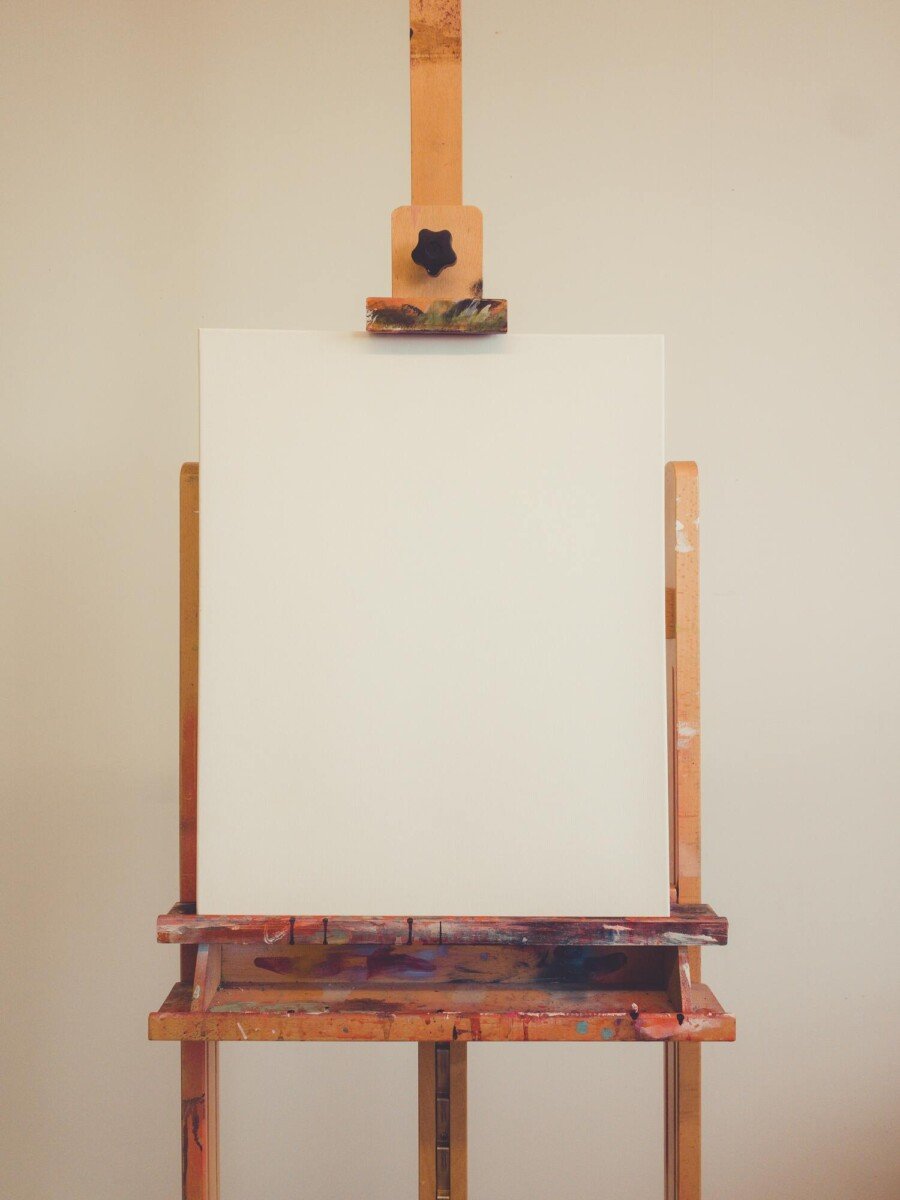Are you seeing enough of the bigger picture?
The 1970’s book ‘Ways of Seeing’ by John Berger is a short but fascinating insight into what you see in pictures.
What you see in pictures may without you even realising it, be reflected back in the way that you approach work, study and communication. Seeing only half the picture can lead to you being without crucial information. Information that could give more sense or context to a situation, or lead to a ‘eureka’ moment that solves a nagging problem….or make what seemed like a difficult conversation, that little bit easier.
Why we never see the full picture from the picture itself
Pictures are two-dimensional. Different parts of a picture may catch the eye. You may be drawn in by the whole picture, or by different parts of a picture, each perhaps conveying a story that helps you to form your perception of it.
The same can apply in work or in study. To start a task or learning exercise, you usually need some information or tuition. Just as how you see a picture forms your perception of it, how you see instructions or guidance will help to form your view of how to approach to your work.
But why when instructions or guidance seem clear enough do you sometimes struggle to make headway, even if you have revisited them?
That’s because no matter how many times you return to it, your perception of a picture sometimes just isn’t enough. To get a deeper meaning that can really help you to tackle a task or cement your learning sometimes requires you to go beyond your own view of that picture.
A real life example
As part of his/her training, a cricketer may watch demonstrations from a bowling coach or videos of great bowlers present and past. That will form an image in his/her mind of how to produce a consistently accurate bowling action.
However, what may not necessarily be apparent from the coach or video is how the bowler should warm up, warm down and use the muscles in a way that protects them from fatigue and injury. To understand that requires looking beyond the picture to get the bigger picture. Becoming the ‘complete’ bowler is likely to be impossible without that.
Seeing the multi-dimensional view
What’s apparent from the above example, is that for you to really get the most from a picture, you need to go behind it to understand more.
In business, it’s easy to get bogged down in detail and that’s where going beyond the picture as you see it can be so important to progressing things. Understanding the background, the objectives of all concerned (rather than just some) and progressing your work in context opens up the multi-dimensional view of the bigger picture and with it, opens up potential solutions and the possibility to be creative.
That in turn can open up the mind to a new, simpler and more effective way of thinking and help to produce better results all round.
The next time you look at a picture try this
The next time that you look at a picture, perhaps think the following:
- I wonder how the person in it felt that day?
- I wonder what else was going on in that person’s world?
- I wonder what the person does…what they do…where they live?
- I wonder how they think and what pressures they are under?
- I wonder what they have learnt that could inspire me?
That’s never going to be apparent from a picture itself. Similarly it’s not going to be apparent from a set of written instructions or a single tutorial.
To really get the most out of a picture, you need to develop the curiosity to go beyond what you initially see and to explore the more human elements of it. Doing so has the potential to open up a whole new visual world and with it, a new whole perspective on how to approach study, work and life.








